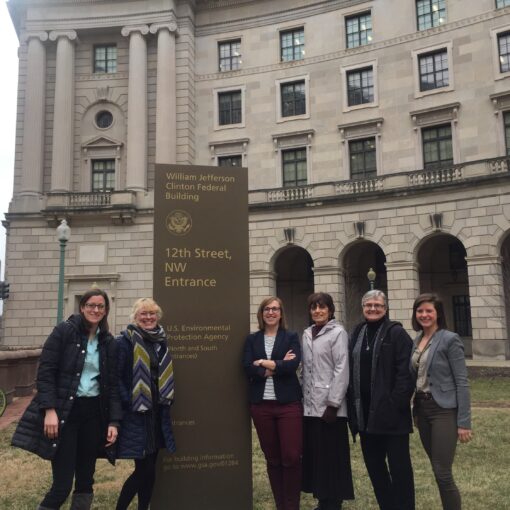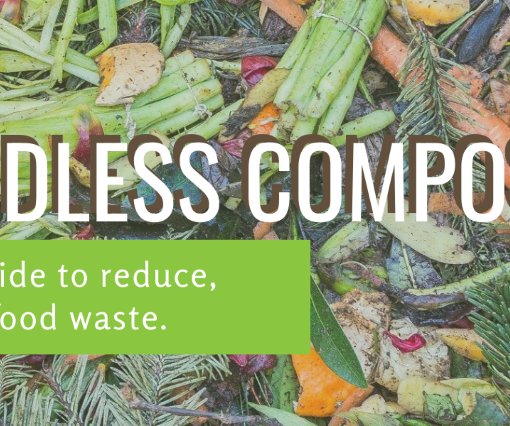By: Bria Jenkins, BSN, RN
Each year The Lancet Countdown: Tracking Progress on Health and Climate Change, an international research collaboration that monitors and reports annually on the relationship between health and climate, and its implications for national governments, releases an annual report. Country specific briefs alongside the Global Report, present relevant findings and highlights the key threats and opportunities climate change poses for health. For the month of January, we will be delving deeper, highlighting four critical insights showcased in the 2020 US Brief and recommended actions to protect health. Read the US brief here.
The Lancet’s U.S. Policy Brief outlines several “critical insights” geared at painting the picture of the U.S.’s trajectory related to the health implications of climate change. In January, we are exploring a few of these to understand what they mean and most importantly, what they mean for the health of our communities moving forward. Last week we focused on Critical Insight #1: Climate Change & Vibrio (view blog here).
Critical Insight #2: Climate Action in Agriculture can Reduce Air Pollution and Minimize Climate Change

Agriculture is both effected by and a large contributor to climate change. On the one hand air pollution from GHG gas emissions have been known to decrease crop yields. On the other hand, agriculture itself also contributes about 12.5% of the GHG emissions polluting air in the US. 50% of which come from soil management practices (i.e., the use of synthetic nitrogen fertilizers) and 35% from livestock enteric fermentation and manure management. In total, agriculture contributes about 20% of all human-caused air pollution in the US.
Let’s explore this further. These sources of air pollution are connected with the generation of ammonia, which reacts in the atmosphere, to for fine particulate matter – one of the most harmful forms of air pollution. Most ammonia generation comes from livestock and their manure and the use of synthetic nitrogen fertilizer on cropland.
What could this mean for us?
- Particulate matter in the air has been linked to premature deaths.
- In fact, a study in the Midwest “corn belt” found that 4,300 premature deaths a year were linked to particulate matter air pollution from corn production.
- If the loss of human life is not a substantial enough claim, let’s take a look at the financial impact – $39 billion per year in estimated damages associated with these deaths.
- High concentrations of ammonia in the air are also linked to reduced lung function in adults and asthma in children living near and around these particulate matter sources.
So, what can we do?
- Practice more environmentally conscious consumption habits. For example, a national shift toward more plant-based diets, reduced average consumption of meat and reduced food waste.
- Replacing large-scale industrial agricultural practices with regenerative models – practices that rehabilitate and restore degraded farmland.
- Target fertilizer and manure management to reduce ammonia related air pollution.
- Promote use of low-protein additives, cover crops, improved manure storage, methane capture and strategic use of natural infrastructure.
Source: Lancet Countdown on Health and Climate Change 2020: Policy Brief for the United States of America by Renee N. Salas, Paige Knappenberger Lester, Jeremy J. Hess. For more information, read the full brief here.




